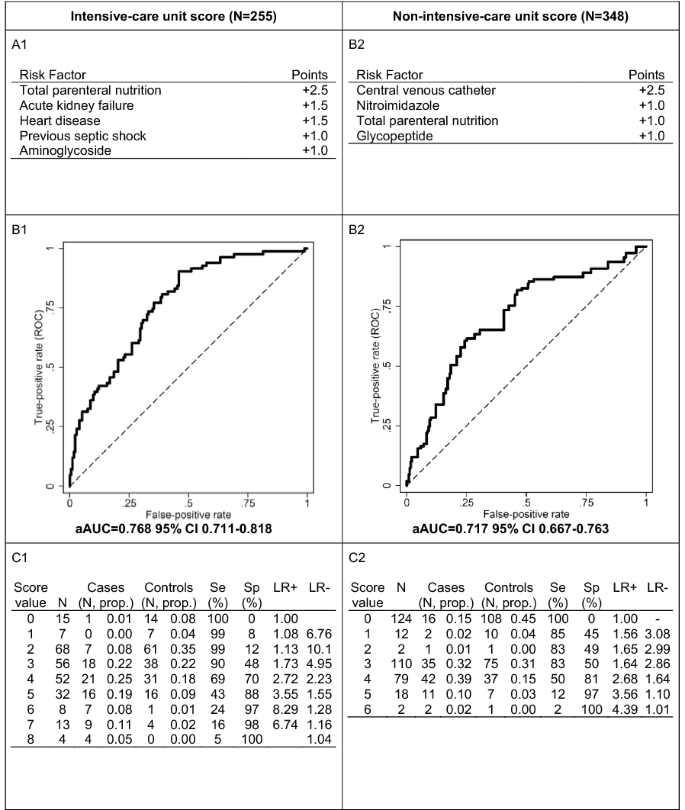Sixth Grade Unit 1: Energy and Simple Machines Unit Overview: The study of energy will provide a better understanding about its various forms, transformations, and uses. Students should be able to design systems that will demonstrate the use and transformation of energy. Unit 6 Pythagorean Theorem; Unit 7 Angle Relationships and Triangles; Unit 8 Transformations, Congruence and Similarity; Unit 9 Volume; Unit 10 Scatter Plots and Data Analysis; 8th Grade Advanced Math (Math 1) Unit Plans & Resources. Unit 1- Reasoning with Equations and Inequalities; Unit 2- Linear Relationships (Equations and Inequalities. Grade 6 Mathematics. This session contains 8 questions. You may use your reference sheet during this session. Use a calculator during this session. Read each question carefully and then answer it as well as you can. You must record. All answers in this Practice Test Booklet. 6th Grade Math 6th Acc/7th Grade Math. Downloadable Classroom Notes (Newest Unit is listed first). Unit 3: Rates & Proportional Reasoning. Streit's website has be redesigned to help students and parents better navigate each unit, lesson, and assignments. If you need help finding something, search by clicking command and F (Mac) or control and F (Windows).
Unit 1: Energy and Simple Machines
Unit Overview: The study of energy will provide a better understanding about its various forms, transformations, and uses. Students should be able to design systems that will demonstrate the use and transformation of energy. As they continue exploring the concept of energy, students will know the application of potential, kinetic and mechanic energy through simple and complex machines. Students should be able to design a complex machine that will use at least one form of energy, and should be able to explain such energy transformations.
Unit 2: Weather and the Atmosphere
Unit Overview: The unit studies physical properties of matter, energy transformations, as well as how energy is released or absorbed as light and as heat. This will provide a context for how weather conditions are produced in the atmosphere, and how weather events affect life in specific regions. Students may build tools to investigate weather in their local area, gathering and analyzing patterns and trends to describe weather conditions, make informed predictions, and explain hazardous weather conditions.
Unit 3: Diversity of Life
Unit Overview: Diversity of life is seen through the study of cells. Prokaryotic and eukaryotic cells, and animal and plant cells, are observed to describe their structure and to explain how these cells make different organisms. Students will understand how cells are the primary source for biodiversity, and will learn to classify organisms according to similarities and differences at the cellular and organism level, as well as using internal and external structures in living things. Students will also study how different organisms have different energy needs to live. They will understand that energy flows through ecosystems in one direction, usually from the Sun, through producers to consumers and then decomposers, in which its balance is the result of interactions between living and nonliving things. Students will be able to construct models of biomes and/or ecosystems they investigate and that will visually represent their explanation about how energy is used and transformed by different organisms in an ecosystem.
Unit 4: Interdependence
Unit Overview: This unit continues the study of ecosystems and how living things interact with all physical factors in their living environment. Each ecosystem has its own set of environmental conditions that determine biodiversity. Climatic factors, competition among populations, and changes in environmental conditions help maintain a balance in the growth of certain populations. All living things have adaptations that enable them to live within ecosystems under specific environmental conditions. Abrupt changes in the environment will make living things change, adapt, or migrate, in order to preserve life. During and after this unit of study, students should be able to investigate how changes in physical factors affect the survival of living things in particular biomes and/or ecosystems.
Handouts/Worksheets/Guided Readingfor use with © 2005, MacMillan/McGraw-Hill Our World |

| Textbook Worksheets > World History Textbook Worksheets > Our World Textbook Worksheets |
16.1 World War I |
World War I:Blank section outline with reading check questions |
The Russian Revolution:Blank section outline with reading checkquestions |
World War II:Blank section outline with reading check questions |
Communist China:Blank section outline with reading checkquestions |
The Cold War:Blank section outline with reading check questions |
Chapter 17: The Spread ofIndependence |
Struggles in India:Blank section outline with reading checkquestions |
Conflict in the Middle East:Blank section outline with readingcheck questions |
African Independence:Blank section outline with reading checkquestions |
Southeast Asia Today:Blank section outline with reading checkquestions |
New Nations in the Pacific:Blank section outline with readingcheck questions |
18.1 A Changing Europe |
Unit 6energymr. Mac's 6th Grade School Supply
A Changing Europe:Blank section outline with reading checkquestions |
A Changing Africa:Blank section outline with reading checkquestions |

The Changing Americas:Blank section outline with reading checkquestions |
Unit 6energymr. Mac's 6th Grade Language Arts
A Changing Asia:Blank section outline with reading checkquestions |
